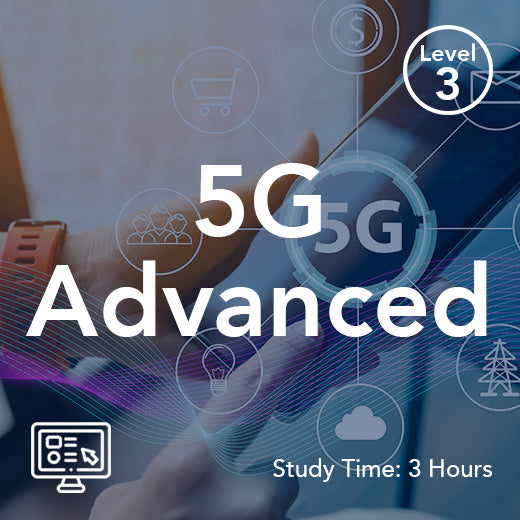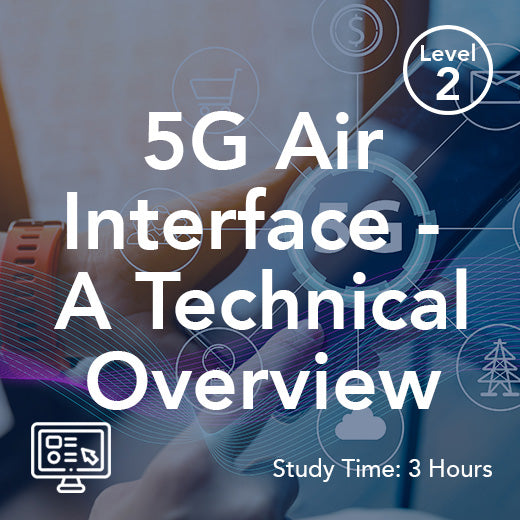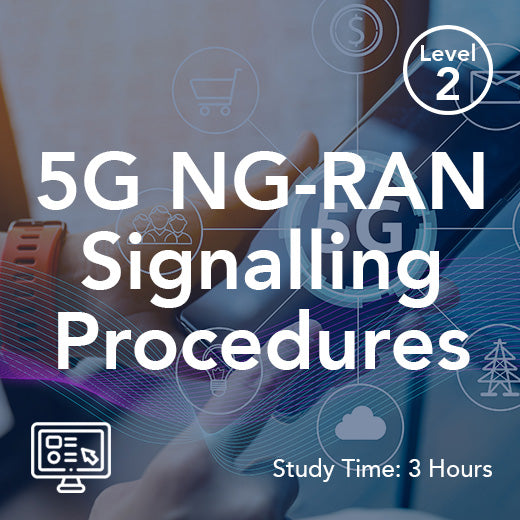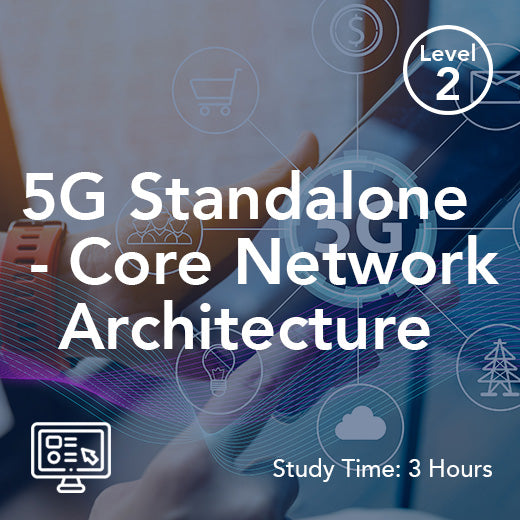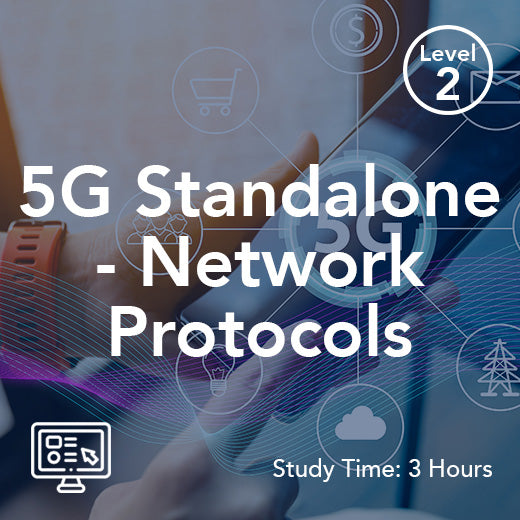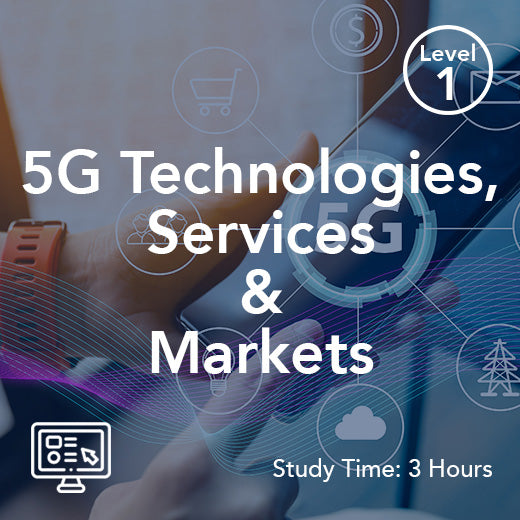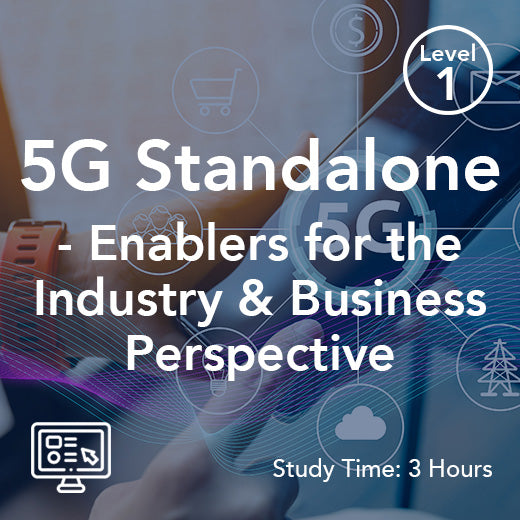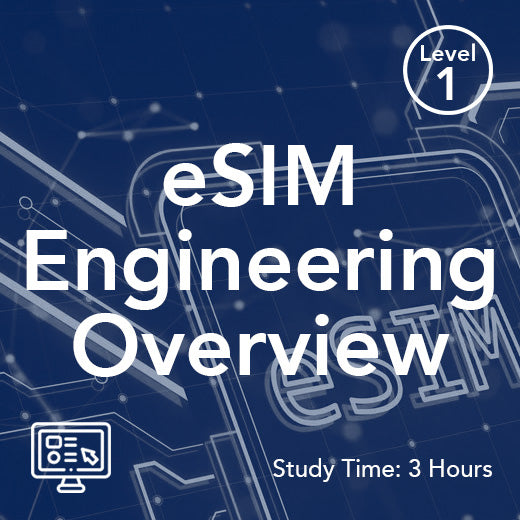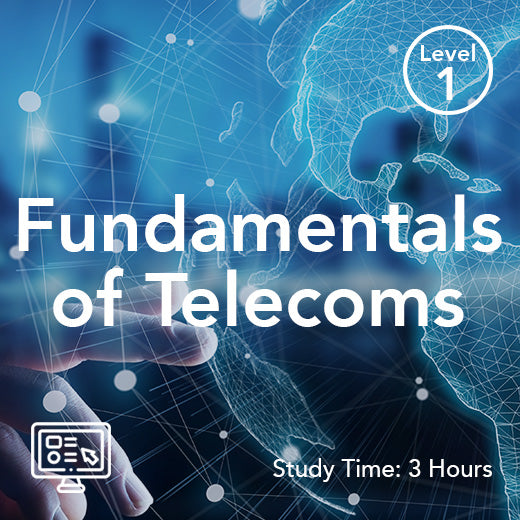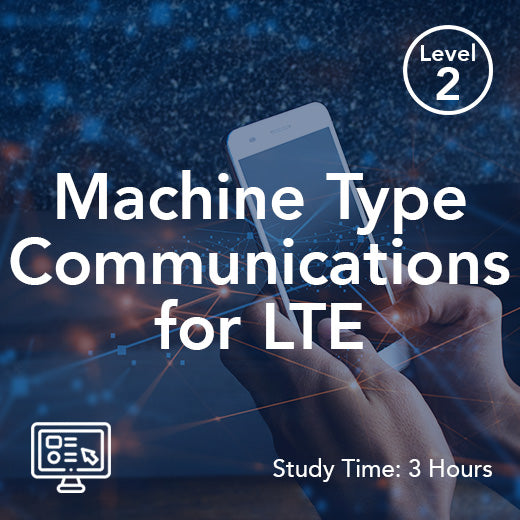Unpacking MMS: Understanding Its Meaning and Impact in Modern Communication
- , by Stephanie Burrell
- 14 min reading time
In today’s digital age, communication has evolved far beyond traditional phone calls and text messages, with texting and the use of texts becoming central to how people connect and share information. One key player in this transformation is the Multimedia Messaging Service, commonly known as sms and MMS messages. Understanding the MMS meaning is crucial as it enables users to send media-rich messages, including images, audio, and video, directly from their mobile devices. This capability not only enhances personal communication but also offers businesses a dynamic way to engage with their audience. In this document, we will delve into the intricacies of MMS, exploring its functionality, benefits, and its role in modern communication.
Introduction to MMS
Defining MMS Meaning
Multimedia Messaging Service, or MMS, is an extension of the Short Message Service (SMS) that allows for the transmission of multimedia content. SMS and MMS are two primary message types used in mobile communication. Unlike traditional SMS, which is limited to text, MMS supports the sending of images, videos, audio clips, and even slideshows. The key difference is that, unlike text only SMS, MMS enables users to send multimedia content, whereas sms messaging is traditionally used for sending text only messages. This technology leverages mobile network capabilities to deliver rich content directly to a recipient’s mobile device. The MMS meaning extends beyond simple text communication, enabling a more interactive and engaging form of messaging. MMS messages can be sent between mobile phones or from a mobile phone to an email address. This makes MMS a versatile tool for both personal and business communication, offering a more dynamic way to share information and connect with others. Understanding the MMS meaning is the first step in appreciating its impact on modern communication.
Evolution of MMS Technology
The evolution of MMS technology traces back to the early 2000s, a time when mobile phones were rapidly advancing. Initially, mobile communication was primarily text-based, with SMS being the primary means of messaging. However, as mobile devices became more sophisticated, the demand for richer communication methods grew. MMS was developed to meet this need, allowing users to send media-rich messages that were previously impossible with SMS. Over the years, MMS technology has evolved alongside mobile networks, benefiting from advancements such as increased bandwidth and improved data compression techniques. These improvements have not only enhanced the quality of media that can be shared but have also made MMS more accessible to a wider audience. Today, MMS is a standard feature on most mobile phones, seamlessly integrated into messaging apps. Most carriers now support both SMS MMS services, ensuring broad compatibility and adoption. Its development reflects the broader trend towards more visually engaging and interactive digital communication methods.
Technical Aspects of MMS
The technical foundation of the Multimedia Messaging Service (MMS) is what enables users to send and receive rich content—such as images, videos, and audio clips—directly to and from mobile phones. Unlike standard SMS, which transmits only text, MMS messages require a more sophisticated process to handle multimedia content. When you send an MMS message, your device first encodes the multimedia content into a format suitable for transmission. This message is then forwarded to your carrier’s MMS store and forward server, also known as a temporary storage server. Here, the rich content is stored temporarily, and an embedded URL is generated. The recipient’s device receives a notification, often via SMS, containing this embedded URL, which allows the device to retrieve and display the multimedia content. This process ensures that even large files, such as videos or high-quality audio clips, can be delivered efficiently across different devices and networks. The use of temporary storage servers and embedded URLs is essential for delivering MMS messages reliably, making it possible for users to share a wide variety of multimedia content seamlessly through their mobile phones.
Types of MMS Messages
MMS messages come in several distinct types, each designed to enhance communication with different forms of multimedia content. The most common are multimedia messages, which combine text with images, videos, and audio clips to create a rich, engaging experience. Audio messages are another popular type, allowing users to send voice notes or music files as part of their communication. Video messages enable the sharing of short video clips, such as greetings, event highlights, or even movie trailers, directly to another mobile device. Image messages focus on photos or graphics, making it easy to share snapshots, product images, or visual updates. Finally, slideshow messages take multimedia messaging a step further by allowing users to send a series of images, often enhanced with transitions and effects, all within a single message. These various types of MMS messages provide users with flexible options for sharing information and expressing themselves beyond the limitations of text-only communication.
Comparison with SMS
While both MMS and SMS are essential message services for mobile phones, they differ significantly in their capabilities and technical processes. SMS, or Short Message Service, is designed for sending text-only messages and is limited by a strict character count, making it ideal for brief communications. In contrast, MMS messages can deliver a wide range of multimedia content, including images, videos, and audio clips, offering a much richer communication experience. The delivery process for MMS is also more complex: instead of sending content directly, MMS requires the use of a temporary storage server to hold the multimedia content and an embedded URL to facilitate retrieval by the recipient’s device. This allows MMS to support larger file sizes and more diverse content formats than SMS, which is limited to plain text. As a result, MMS is better suited for sending messages that require more than just words, while SMS remains the go-to option for quick, text-based communication. The choice between MMS and SMS often depends on the type of message you want to send and the capabilities of the recipient’s device.
MMS in Modern Communication
Everyday Uses of MMS
MMS has become an integral part of everyday communication, offering users a way to express themselves beyond plain, text messaging. For individuals, MMS is commonly used to share personal moments with friends and family, such as sending photos from a holiday, sharing a video of a child’s first steps, or even sending an audio message for a more personal touch. Pictures are one of the most common types of media shared via MMS, allowing users to easily send images alongside other media. Beyond personal use, MMS is also utilised in professional settings. Businesses often send promotional messages with images or videos to engage customers more effectively. For example, a restaurant might send a picture of their latest dish to entice diners. Additionally, MMS supports interactive communications, like sending a video tutorial or a product demonstration. In educational contexts, teachers might use MMS to send multimedia assignments or feedback to students. Overall, MMS enriches communication by providing a multi-sensory experience, making interactions more engaging and impactful, and when direct MMS delivery is not possible, links can be sent via control messages like SMS to enable access to multimedia content through web browsers or apps.
Business Applications of MMS
MMS offers a versatile platform for businesses looking to enhance their communication strategies. One significant application is in marketing, where businesses use MMS to send visually appealing promotions, announcements, and advertisements directly to customers’ mobile phones. For instance, a retail store might send an MMS with images of new arrivals or a video showcasing a seasonal sale. This media-rich content tends to capture attention more effectively than plain text. MMS is highly effective for delivering content directly to customers, ensuring that images, videos, and other media are transmitted and presented seamlessly on recipients’ devices. Additionally, MMS can be used for customer service, allowing businesses to also send messages with instructional videos, product demonstrations, or troubleshooting guides. Real estate agents might use MMS to send virtual tours of properties to potential buyers. Event organisers can share multimedia invitations and updates. Businesses often include a link in their MMS messages, directing customers to further information, package tracking, or specific actions. The ability to send multimedia content helps businesses build stronger connections with their audience, driving engagement and fostering loyalty. In summary, the business applications of MMS are diverse, enabling more interactive and engaging communication with customers.
Advantages of MMS
Enhanced Multimedia Experience
The primary advantage of MMS lies in its ability to deliver an enriched multimedia experience. Unlike SMS, which is limited to text, MMS can convey emotions and information more effectively through images, videos, and audio. This capability transforms ordinary messages into a more visually compelling experience, capturing attention in a way that a text message alone cannot. The delivery of MMS often involves several other messages exchanged between devices and servers to ensure successful transmission. For personal communication, this means sharing life’s moments with greater vividness and clarity, whether it’s a beautifully captured photo from a recent trip or a short video clip of a special occasion. For businesses, the enhanced multimedia experience allows for more persuasive marketing campaigns. A product image or video can communicate details that text alone might miss, such as colour, style, and use in real-life scenarios. By engaging multiple senses, MMS helps messages resonate more deeply with the recipient, making it a powerful tool for both personal and professional communication. The final display of multimedia content depends on the capabilities of the recipient's handset.
Broader Reach and Compatibility
MMS technology offers broader reach and compatibility compared to other messaging platforms that require internet connectivity or specific applications. Nearly all modern mobile phones are equipped to send and receive MMS messages, making it an accessible option for users irrespective of their device or network. This universality ensures that multimedia messages can be sent to and received by anyone with a mobile phone, bypassing the need for special apps or social media accounts. A conversion service is often used to adapt multimedia content for compatibility with different devices and network standards, ensuring that messages are properly formatted before delivery. The recipient MMSC acts as the system responsible for receiving and processing MMS messages, facilitating cross-carrier delivery and managing the final delivery to the recipient's device. This level of compatibility is particularly advantageous for businesses targeting diverse audiences, as it increases the likelihood of message delivery and engagement. Furthermore, since MMS does not rely on an internet connection for access, it is particularly useful in areas with limited connectivity. It allows users to share rich content without needing Wi-Fi or mobile data, providing a reliable communication channel. In this way, MMS stands out as an inclusive and versatile means of delivering multimedia content directly to a wide audience.
Challenges and Limitations
Cost and Data Usage
One of the primary challenges associated with MMS messaging is the cost and data usage involved. Unlike standard text messages, which are typically covered under unlimited messaging plans, MMS can incur additional charges. These costs vary depending on the service provider and the user's mobile plan, often leading to unexpected expenses, particularly for frequent users. Moreover, sending MMS messages consumes more data than SMS due to the inclusion of multimedia elements like images and videos. This can be problematic for users with limited data allowances, potentially leading to overage charges. For businesses, the cumulative cost of sending MMS to a large audience might be substantial, impacting the overall budget for marketing campaigns. Additionally, some users may be reluctant to download MMS messages if they are concerned about data usage, reducing the effectiveness of the communication. These factors highlight the importance of considering cost and data implications when using MMS for personal or business communication.
Technical Issues and Solutions
Despite its advantages, MMS is not without technical issues that can hinder its effectiveness. Common problems include delays in message delivery, poor quality of picture messages or media upon receipt, and compatibility issues with certain devices or networks. For instance, the size of MMS messages is restricted, which can lead to downgraded image or video quality to meet the limits. Additionally, some older devices may struggle to properly display multimedia content, resulting in a less than optimal user experience. Network congestion can also cause delays, affecting the timely delivery of messages.
To address these challenges, users and businesses can adopt several solutions. Compressing media files before sending them can help maintain quality while adhering to size restrictions. Ensuring devices and software are up-to-date can mitigate compatibility issues. Moreover, using a combination of MMS and other messaging platforms can provide redundancy, ensuring messages are delivered through the most effective channel available. These strategies can help maximise the reliability and impact of MMS communication.
Future of MMS
Innovations in MMS Technology
The future of MMS technology looks promising with ongoing innovations aimed at enhancing its capabilities and user experience. One significant development is the integration of Rich Communication Services (RCS), which aims to upgrade traditional SMS and MMS functionalities. RCS offers advanced features such as higher quality media sharing, read receipts, and enhanced group messaging, effectively bridging the gap between MMS and modern messaging apps. Additionally, improvements in cellular network technology, such as the rollout of 5G, will facilitate faster and more reliable delivery of rich multimedia content, making MMS even more efficient.
Another innovation is the incorporation of artificial intelligence and machine learning to personalise MMS content. For example, businesses can utilise AI to analyse customer preferences and send tailored multimedia messages that resonate more effectively with individual recipients. These advancements not only promise to overcome current limitations but also open new avenues for creative and impactful communication, ensuring MMS remains a relevant tool in the evolving landscape of digital communication.
Predicted Trends in Communication
As digital communication continues to evolve, several trends are predicted to influence the future use of MMS. Firstly, there is a growing preference for richer, more interactive messaging experiences, which will likely increase the demand for multimedia capabilities like those offered by MMS. This trend is driven by user expectations for more engaging and visually appealing content, particularly among younger demographics. Secondly, the integration of augmented reality (AR) and virtual reality (VR) within messaging platforms is anticipated, potentially revolutionising how multimedia content is created and shared through MMS.
Moreover, as mobile technology advances, MMS is expected to support even larger and higher quality media files, overcoming current size and quality limitations. There is also a shift towards seamless integration of various communication platforms, where MMS will complement other messaging services, providing a cohesive user experience. These trends suggest that MMS will continue to adapt, maintaining its relevance and utility in an increasingly connected world.
Conclusion
In conclusion, the Multimedia Messaging Service (MMS) stands out as a powerful and versatile tool for sending multimedia messages to mobile phones. Unlike the Short Message Service (SMS), which is limited to basic text messages, MMS enables users to deliver a wide array of rich content—including images, videos, and audio clips—directly to recipients, making communication more engaging and interactive. While MMS requires a more complex delivery process, involving temporary storage servers and embedded URLs, it offers a feature-rich messaging experience that surpasses the capabilities of standard SMS and many other messaging platforms. As technology continues to advance, MMS remains a vital part of the messaging landscape, bridging the gap between traditional text messaging and the dynamic possibilities offered by modern messaging platforms. Whether you’re looking to send a simple text message or share multimedia content, MMS provides the flexibility and capabilities needed to communicate effectively in today’s digital world.
Moreover, as mobile technology advances, MMS is expected to support even larger and higher quality media files, overcoming current size and quality limitations. There is also a shift towards seamless integration of various communication platforms, where MMS will complement other messaging services, providing a cohesive user experience. These trends suggest that MMS will continue to adapt, maintaining its relevance and utility in an increasingly connected world.

